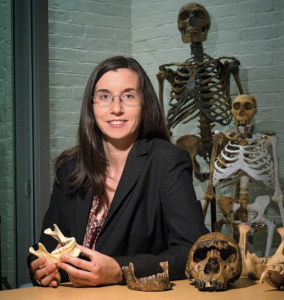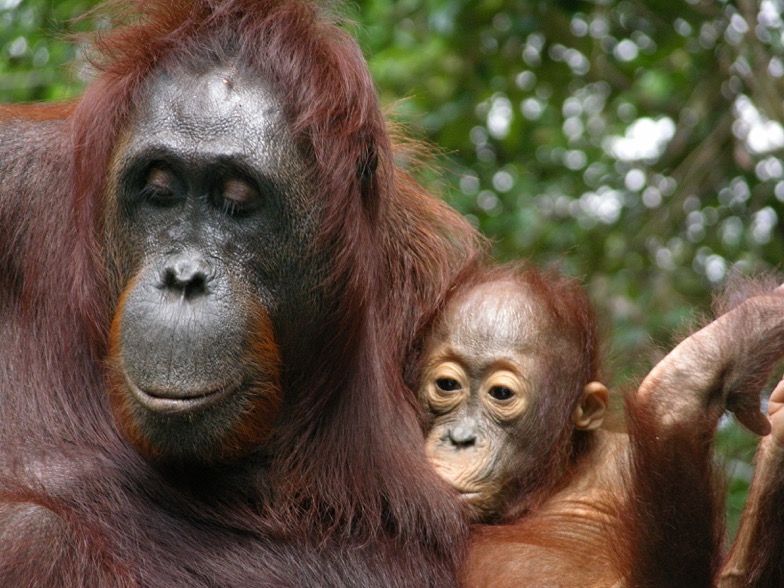A Griffith University researcher hopes a new discovery on orangutan weaning could help conservation efforts for the highly endangered primate.
Associate Professor Tanya Smith, from the Australian Research Centre for Human Evolution (ARCHE) team, based in Griffith’s Environmental Futures Research Institute, aged museum specimens using growth lines in their molar teeth and mapped barium, an element found in mothers’ milk, to determine how long they suckle for.
 The research, published in Science Advances in collaboration with the Icahn School of Medicine at Mount Sinai in New York and other US scientists, provides the first detailed nursing histories of wild, orangutans. Researchers found immature orangutans may cycle their mothers’ milk consumption annually over more than eight years, weaning much later than other mammals.
The research, published in Science Advances in collaboration with the Icahn School of Medicine at Mount Sinai in New York and other US scientists, provides the first detailed nursing histories of wild, orangutans. Researchers found immature orangutans may cycle their mothers’ milk consumption annually over more than eight years, weaning much later than other mammals.
Associate Professor Smith, an evolutionary anthropologist who recently arrived to the centre from Harvard University, said new technology allowed researchers to study collections of highly endangered primates from natural history museums, uncovering information that cannot be gathered in field studies.
“People would go off on hunting expeditions long before they were protected, and we can now study them and understand their behavior even more than 100 years later,” she said.
“Orangutans are very hard to study in the wild, and field primatologists can’t fully document this behavior because they’re so far away in trees and the offspring are suckling inconspicuously.”
Associate Professor Smith said with the status of orangutans recently upgraded to highly endangered, now was an important time to learn more about them in order to protect the precious species.
“We can better inform conservation efforts when we understand how slow their reproductive biology is and how dependent the young orangutans are for such a long period of time. Because they are slow growing it also means they can’t produce their own offspring as fast as humans or other great apes.”
 Associate Professor Smith said this approach could also help us better understand the evolution of our own weaning behavior because it was now possible to document how long humans and our fossil relatives nursed their young, as evidenced in a 2013 Nature paper.
Associate Professor Smith said this approach could also help us better understand the evolution of our own weaning behavior because it was now possible to document how long humans and our fossil relatives nursed their young, as evidenced in a 2013 Nature paper.
“Ongoing research on early life diets and the speed of development of ancient humans at Griffith University aims to resolve certain debates about the evolution of our unique biology,” she said.
Background:
The Australian Research Centre for Human Evolution (ARCHE) is the first academic centre specifically focused on gaining a deeper understanding of the scale of ancient human migrations and the full story of the origins of the people in our region. An initiative of Queensland’s Griffith University,ARCHE’s mission is to foster research excellence through multidisciplinary projects that bring together leading Australian and international scholars and institutions in the field of human evolution, with a particular focus on two key regions: Australia and neighbouring Southeast Asia.
